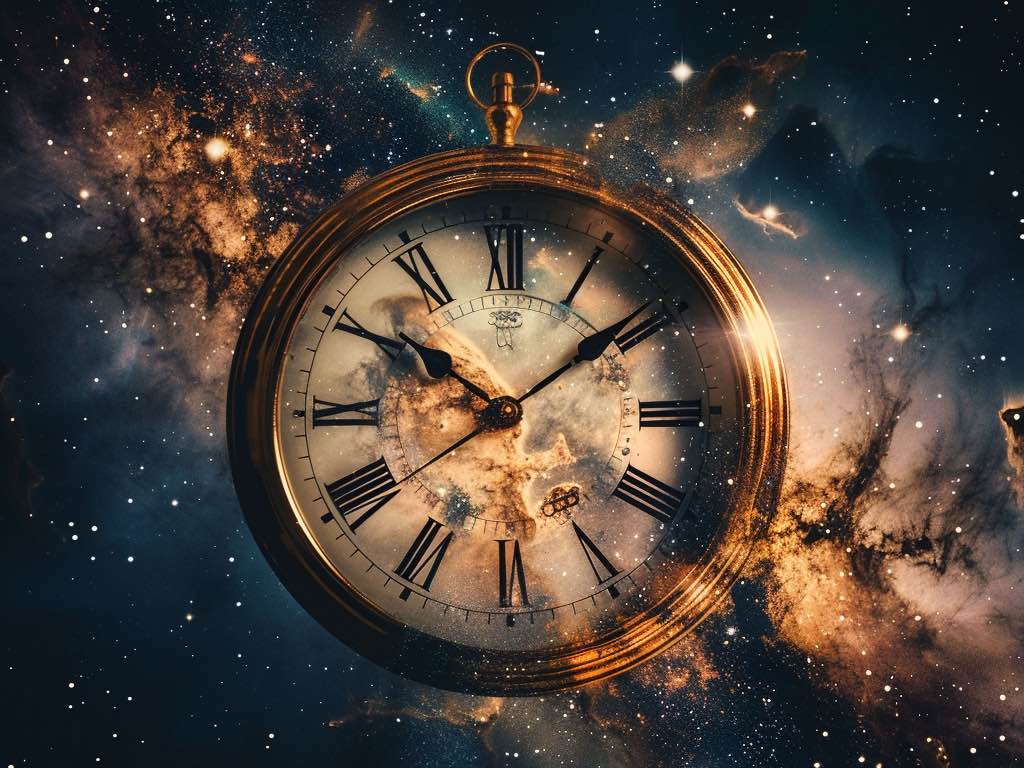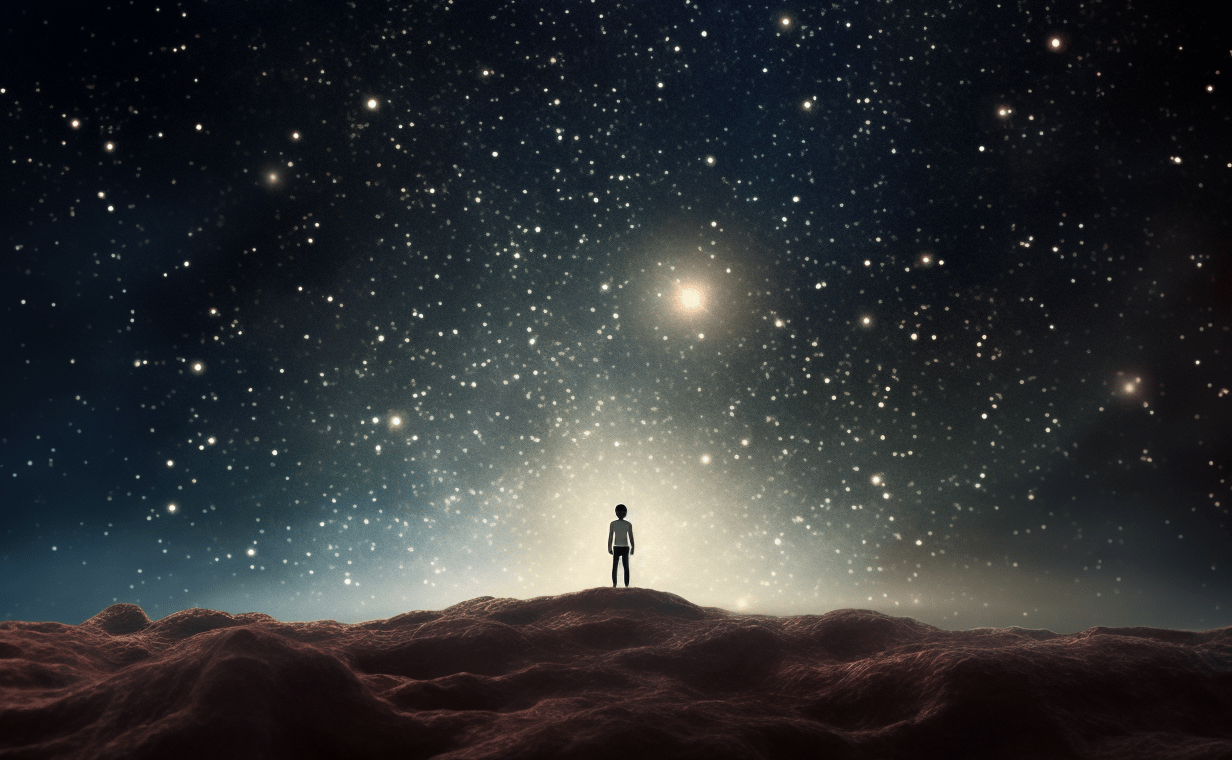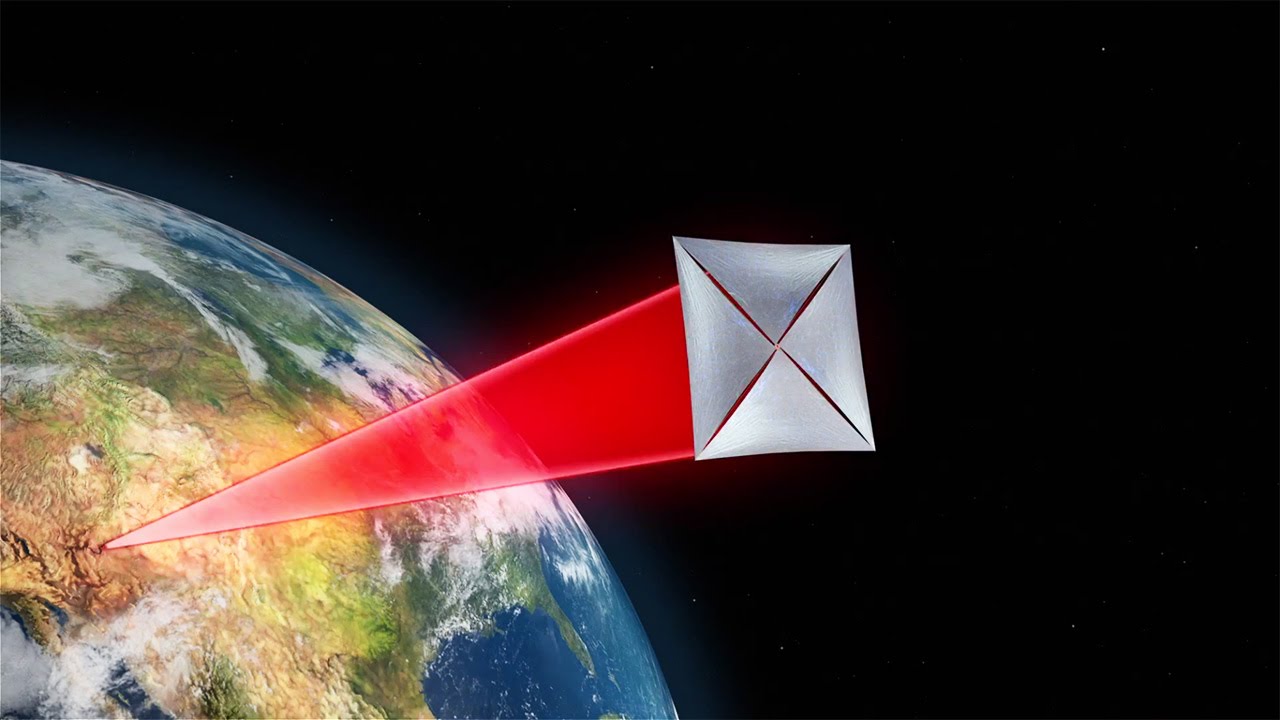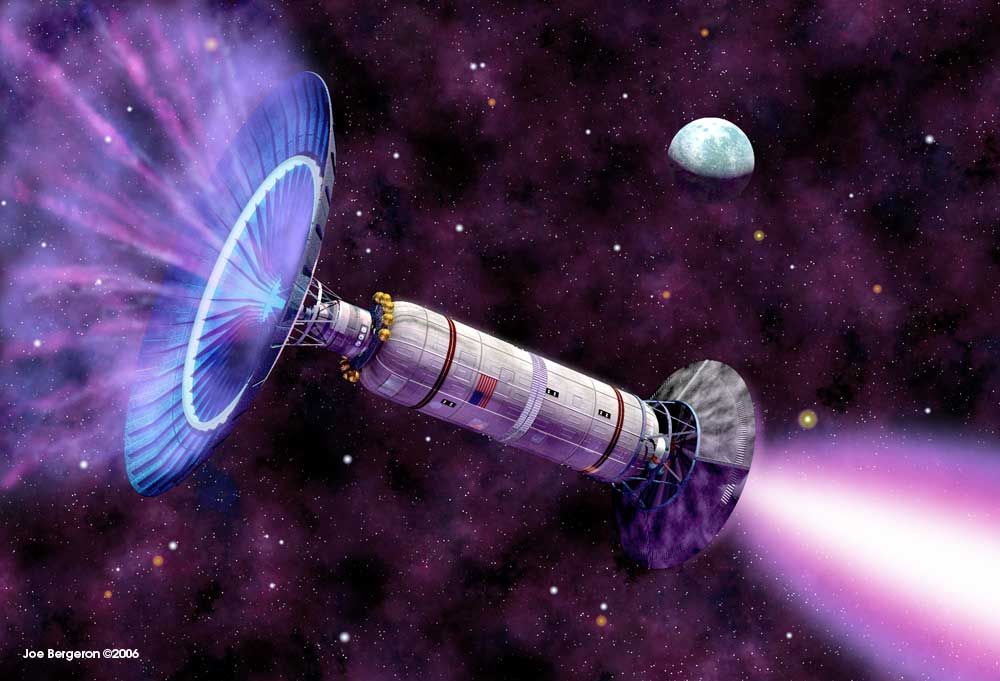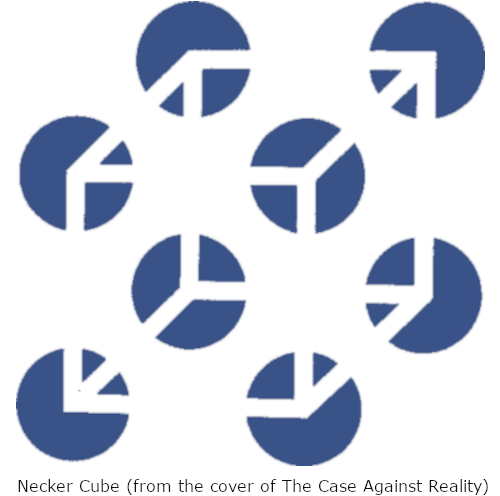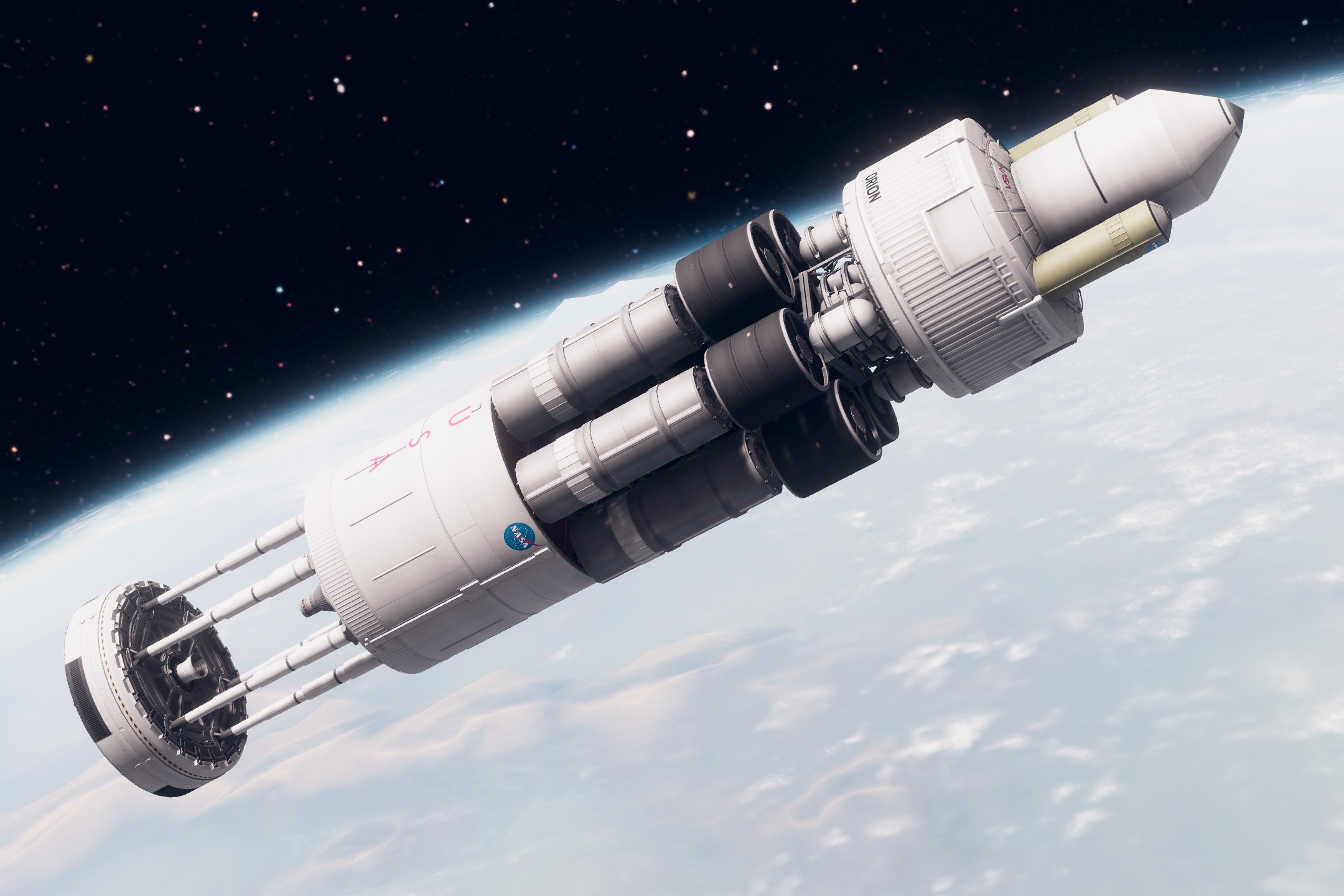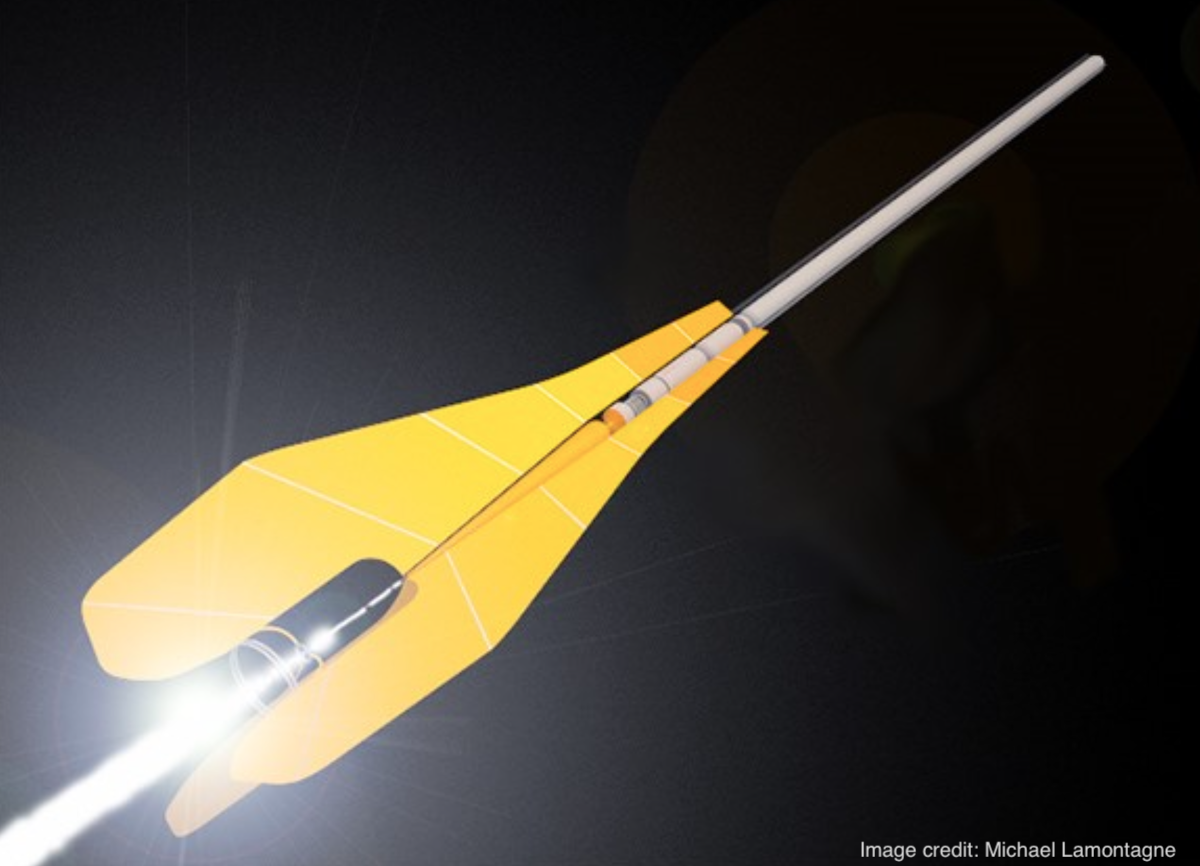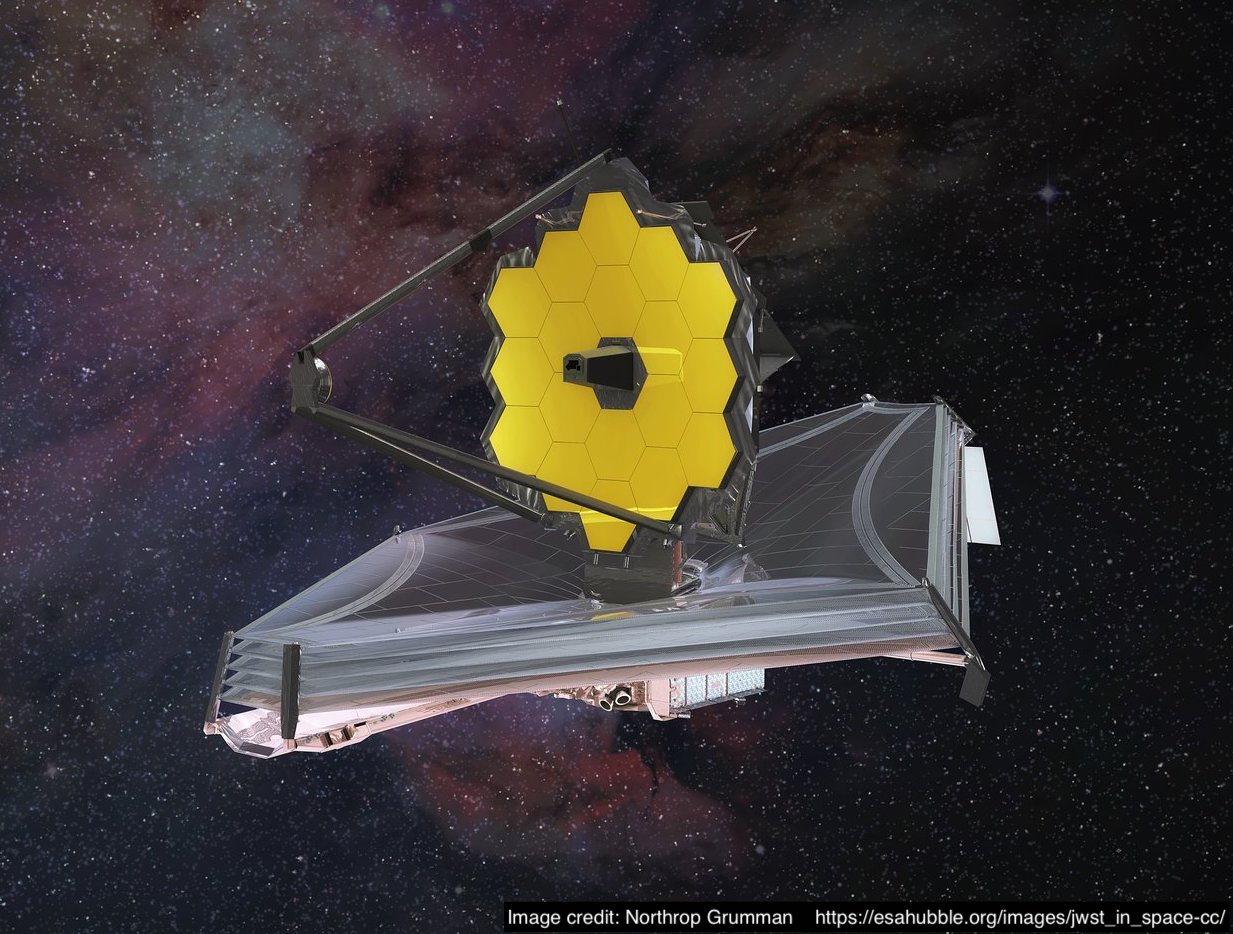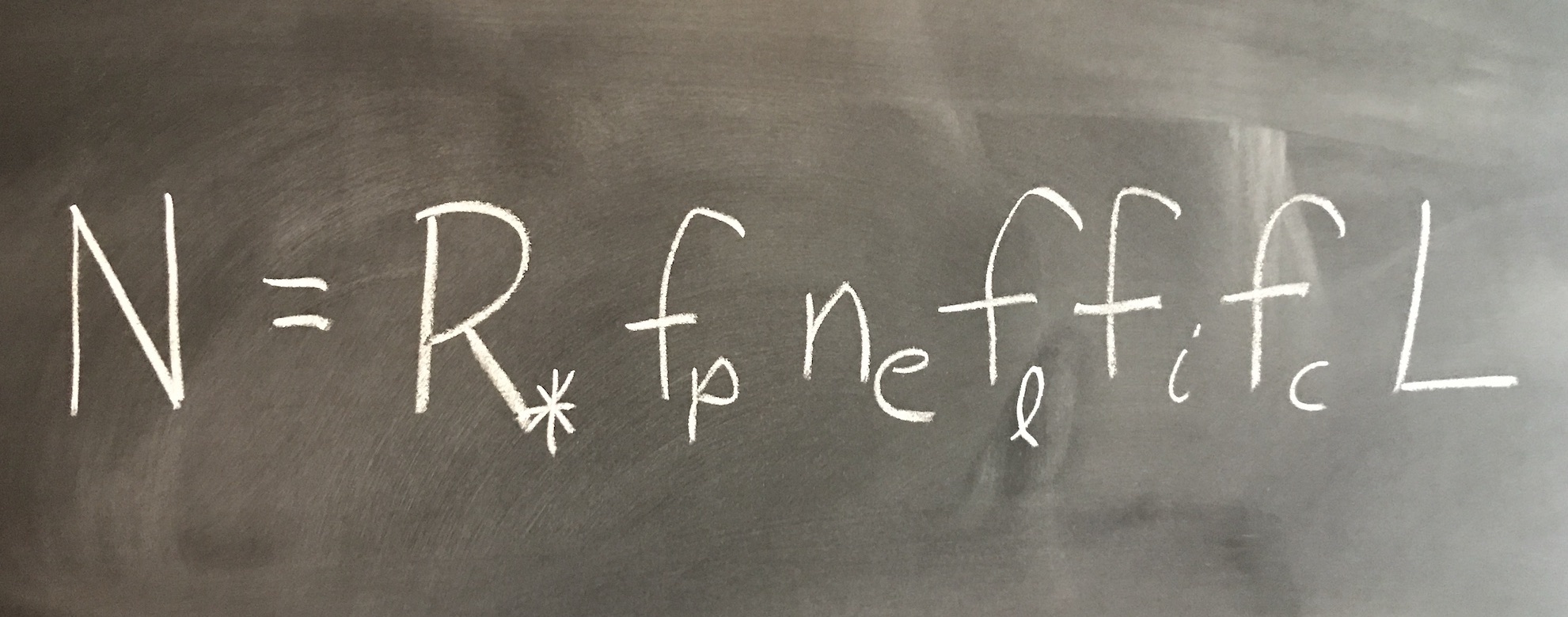Science
I apply the methods of computational physics to study problems that lie at the intersection of astrophysics and spacetime physics.
On this page (below) I will regularly post articles about astrophysics, spacetime physics, and computational physics.
I read a lot of interesting articles from week to week! Those articles have been published in peer-reviewed journals with scientists as the intended audience. I envision this page as a platform for sharing some of the more interesting things I read and learn about, and doing so via blog articles with a wider public audience in mind.
So stay tuned to hear about interesting science research! And if you like what you read here, please consider subscribing!
About my scientific background:
I have degrees in
- computer science (B.S., Duke University),
- computational and applied mathematics (M.S., The University of Texas at Austin),
- and physics (Ph.D., The University of Texas at Austin).
At The University of Texas I’ve been a member of the Oden Institute for Computational Engineering and Sciences and The Center for Gravitational Physics.
My Ph.D. dissertation (2011) used computer simulations to investigate what happens to gases that fall into a supermassive black hole like those found at the centers of galaxies.
I am currently the co-Principal Investigator on a project that uses the Post-Minkowskian model of gravity to computationally model gravitational N-body dynamics at relativistic speeds. We’ve published our work in the Astrophysical Journal (pdf) and our code repository is available on github.
At present we are applying our computational method to investigate problems related to the Breakthrough Starshot Initiative which aims to send a gram-scale spacecraft across interstellar space at relativistic speeds.

